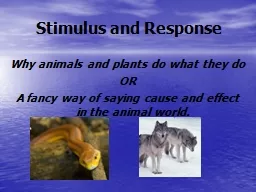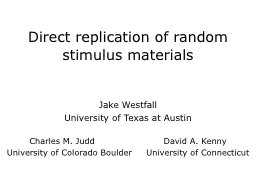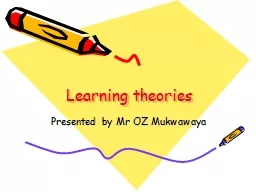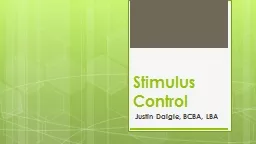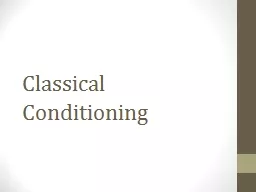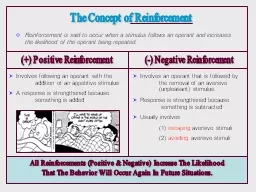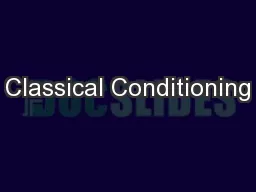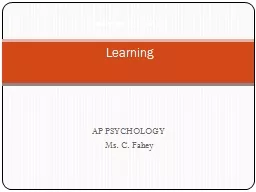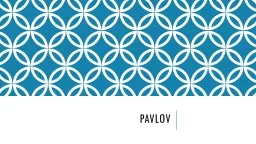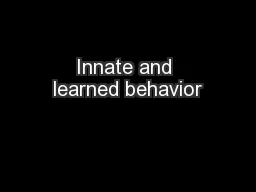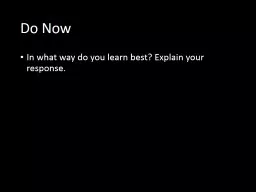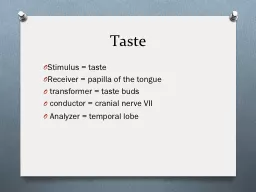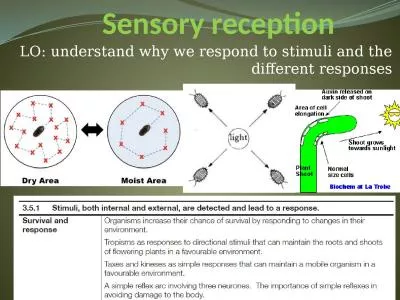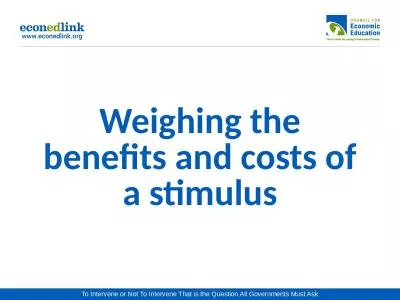PPT-Stimulus and Response
Author : pamella-moone | Published Date : 2019-12-01
Stimulus and Response Why animals and plants do what they do OR A fancy way of saying cause and effect in the animal world Describe a situation in which you were
Presentation Embed Code
Download Presentation
Download Presentation The PPT/PDF document "Stimulus and Response" is the property of its rightful owner. Permission is granted to download and print the materials on this website for personal, non-commercial use only, and to display it on your personal computer provided you do not modify the materials and that you retain all copyright notices contained in the materials. By downloading content from our website, you accept the terms of this agreement.
Stimulus and Response: Transcript
Download Rules Of Document
"Stimulus and Response"The content belongs to its owner. You may download and print it for personal use, without modification, and keep all copyright notices. By downloading, you agree to these terms.
Related Documents

